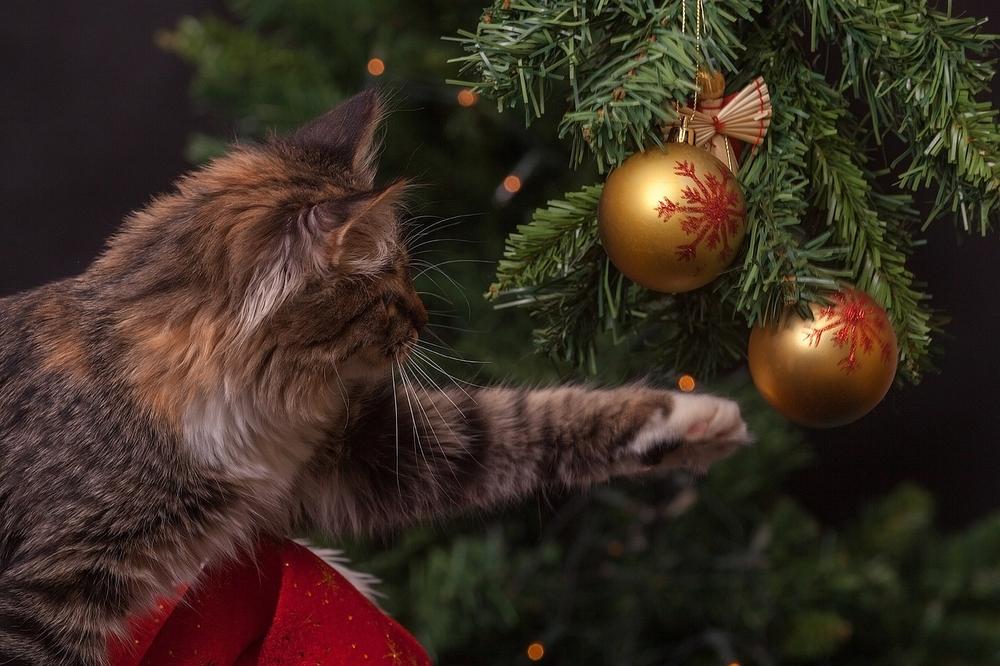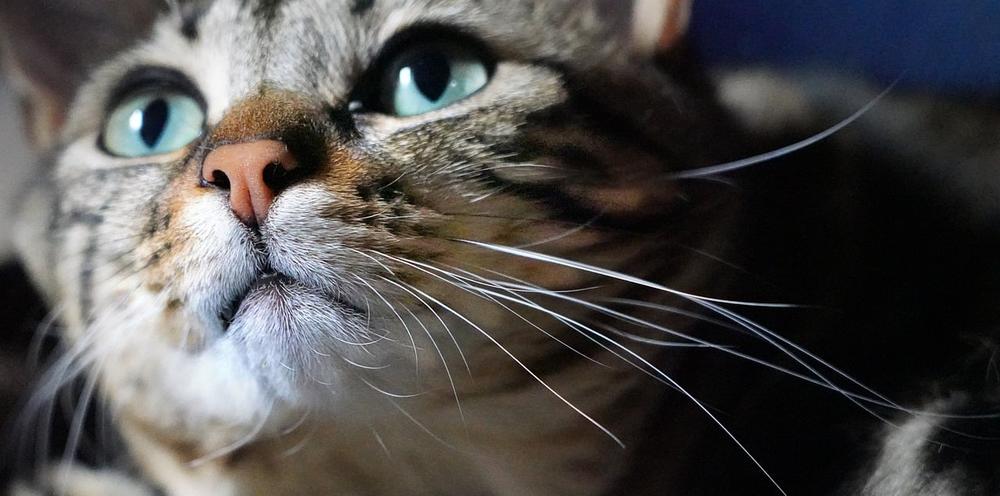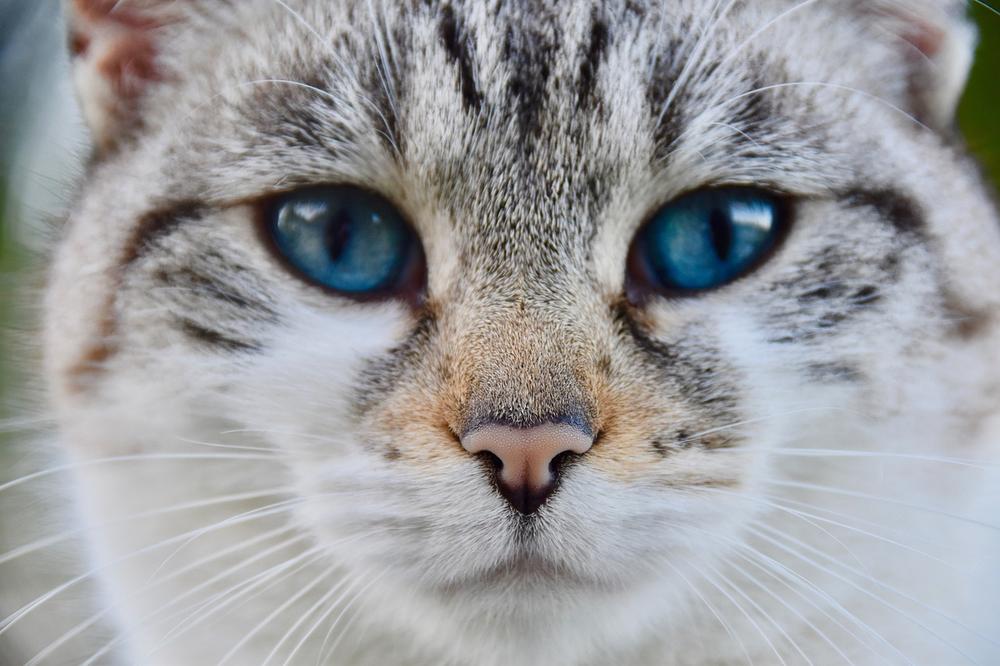How to Clean Your Cat's Nose: Easy and Safe Guide

So, you're a self-proclaimed cat aficionado.
You want to give your feline friend the utmost care and attention, right down to their cute little noses. 😺
But here's the thing:
Have you ever tried to clean a cat's nose before?
It can be overwhelming, frustrating, and downright messy.
Trust me, I've been there too.
But fear not, because in this I Care for Cats guide, I'll unveil the secrets to safely and effectively cleaning your cat's nose.
So let's get started, shall we?
Don't wait another minute to give your furry friend the TLC they deserve.
Find the Cause of Cat's Nose Issue
Dust, Smoke, and Cleaning Products: What Could be Irritating Your Cat's Nose
You know how cats are, right?
Sometimes they sniffle and sneeze, and their little noses bother them.
But have you considered checking their surroundings for potential culprits?
Things like dust, smoke, or strong-smelling cleaning products could be causing all this trouble.
And let me tell you, cats really don't like it when these irritants invade their sensitive nose space.
Can't say I blame them!
When Your Cat's Nose Gets Blocked
Imagine this:
Your cat's nose is all stuffed up.
It's uncomfortable and even dangerous for your furry friend.
Not good.
Blocked nostrils in cats can happen due to allergies, respiratory infections, or heaven forbid, foreign objects making themselves cozy inside there. Sneezing, sniffling, and yes, mouth breathing are some signs you should watch out for.
To prevent complications, give your cat's nose a little cleaning from time to time.
Clear out the mucus, dust, or anything else that might be clogging things up.
Simple, yet effective!
Figuring Out Why Your Cat's Nose Keeps Running
Picture this:
Your adorable feline friend has a runny nose.
Poor thing, it's not pleasant for them, is it?
There could be a ton of reasons behind that runny nose.

Allergens, irritants, infections - oh my!
Poor grooming, nasal tumors, foreign material, or even fungal infections can also cause your cat's nose to leak like a faucet.
Gross, I know.
Before you start cleaning, take a quick look at their nose.
Is there any sign of injuries or bleeding?
Also, pay attention to the color of the discharge - a real telltale sign, if you ask me.
But hey, if that stuffiness just won't go away, it's best to get your furry friend some professional help. A vet can find out if there are any underlying issues and make sure your kitty feels their best!
And one more thing:
Allergies can sometimes cause nasal discharge too.
Who knew?
So, giving their nose a little cleaning might just offer some sweet relief.
Oh, and speaking of nosebleeds, always consult a vet about those.
They could be a sign of upper respiratory infections, and we definitely don't want our cats dealing with anything like that, do we?
Now, checking your cat's nose regularly is never a bad idea for keeping them healthy.
These little furballs deserve all the love and care in the world, right?
Main points I'll expand upon further down this article:
- Cats usually clean their own noses, but excessive discharge or obstructions may require intervention.
- Dirty or crusty noses may indicate the need for cleaning.
- Use warm water instead of cleaners or soaps for dried mucus and dry blood.
- Gently wipe the cat's nose with a moist wipe or cotton ball, avoiding plucking crusty pieces.
- Warm compress or tissue soaked in water can help remove stuck dirt or mucus.
- Consult a veterinarian for cleaning the inside of the cat's nose.
- Use proper tools and products, such as saline solution and high-quality wet wipes.
- Be gentle and patient during the cleaning process, avoiding excessive force.
- Restraint methods and positive reinforcement can help during cleaning.
- Prepare materials beforehand and dispose of used materials properly.
Now, here's the deal...
A wet nose in cats may seem natural and healthy, but excessive discharge or crusty blockages require cleaning intervention.
But what exactly does a dirty cat's nose indicate?
Stay tuned to uncover the secrets behind maintaining proper feline nasal hygiene!
Difference Between a Cat's Wet Nose and Unclean Nose
A cat's nose is an intriguing part of their body.
Let me tell you some important things about the difference between a wet nose and a dirty nose in cats:
- A wet nose in a cat should have clear discharge, which is completely normal and helps them sniff things out.
- Cats are pretty good at grooming themselves, but sometimes they might need us to lend a hand with their noses.
- If your cat has a lot of nasal gunk or crusty stuff blocking their nostrils, it's time for you to step in and clean their nose.
- An unclean nose could have dirt like mucus, boogers, or scabs around it. Keeping it clean is important for hygiene purposes.
- Breathing issues, allergies, or a runny nose can also be signs that your cat needs their nose cleaned for their own comfort and well-being.
Making sure your cat's nose stays clean is crucial for their all in all health and happiness.
Now, you might be wondering...

How can I address the underlying causes of black crusts around my cat's nose?
Well, here's the deal:
By understanding the root cause and taking appropriate action, you can ensure your cat's long-term health and comfort.
Let's delve into the underlying reasons behind these crusts and explore the best ways to tackle them head-on:
Causes of Black Crust Around Cats' Noses
Black crusts around your cat's nose can have various causes, such as allergies, chronic upper respiratory infections, or the feline herpes virus.
Just cleaning the nose won't solve the problem; you must tackle the underlying cause. But if your furry friend's nose is dirty or crusty, a good cleaning might be warranted.

So, now that you know the causes of black crust around your cat's nose, the next step is to uncover the solutions.
If you want to dive deeper into understanding why your cat's nose could be crusty and black, I highly recommend checking out my article.
Discover valuable insights and practical tips on tackling this issue in my blog post, Why Is My Cats Nose Crusty and Black.
Trust me, you don't want to miss it!
Dried Nasal Mucus (Boogers) and Dry Blood
When it comes to dried nasal mucus (boogers) and dry blood on a cat's nose, here are some helpful tips for cleaning them:
- Be gentle: Remember to always be gentle when cleaning your cat's nose to avoid causing any discomfort or harm.
- Use warm water: Warm water is the safest and most effective option for softening and removing dried mucus and dry blood without causing further irritation.
- Avoid cleaners or soaps: It's best to stay away from cleaners or soaps as they can potentially irritate your cat's nose even more.
- Inspect for additional symptoms: Check for any signs of nasal discharge or a black lining around the nose indicating a need for additional cleaning due to mucus and booger buildup.
- Consider seeking veterinary assistance: If you notice excessive mucus or bleeding, or if your cat seems to be experiencing discomfort, it's always a good idea to consult with your vet for further guidance.
Cats rely heavily on their sense of smell, so keeping their noses clean and clear is important for their well-being. 😺
Long story short: What you just read about cleaning dried nasal mucus is crucial, but there's even more valuable information further down the blog post. Keep reading to learn about feline herpes and lesions or ulcers that have scabbed over.
And it gets better...
There's an easy step-by-step process to gently remove those pesky black crusts from your cat's nose.
Let's dive into the details and find out how you can effectively clean your furry friend's nose without causing any discomfort or harm...
How to Remove Black Crust Around Cat's Nose

Here are 11 steps to effectively remove black crust around your cat's nose:
- Be patient and gentle.
- Use a moist cotton ball or warm compress.
- Avoid excessive force.
- Start by gently cleaning the nose with a moist wipe or cotton ball and warm water.
- Don't pluck or pull crusty pieces.
- Remove dirt or mucus by applying a warm compress with a clean cloth.
- Consider using a tissue soaked in water, serum, or cat-specific nose cleaning balm.
- Gently rub the outside of the cat's nose to remove stains and crusts.
- Avoid rough or hard rubbing to prevent scaring or harming your furry friend.
- Deal with a black lining near the nostrils caused by mucus, boogers, or scabs using cotton pads and saline solution.
- Remember to consult a veterinarian if the problem persists or worsens.
With these simple steps, you can keep your cat's nose clean and healthy.
Feline Herpes and Lesions or Ulcers Which Have Scabbed Over
Feline herpes virus, also called FHV, can cause sores on your cat's nose.
It's a common virus in cats and can make them sneeze and have runny noses.
If your cat has scabs or sores on their nose, be gentle when cleaning them.
Don't pick at or scratch the scabs because it could make the wounds worse and hurt your furry friend.
But I really suggest that you let a vet clean your cat's nasal passages.
They know how to do it safely and won't cause any harm.
For now, you can keep new scabs from forming by gently wiping the outside of your cat's nose with a damp cloth or cotton ball.
This will get rid of any dirt or dried crust that might be there.
If you're worried about your cat's health or if the sores don't go away or get worse, talk to your vet.
They're the best people to help your cat and give them the right care and treatment.
Tips for Making the Cleaning Process Easier for Both You and Your Cat
To clean your cat's nose easily and keep both of you comfortable, follow these tips:
- Set up a calm and cozy environment to start the cleaning process. This will create a cooperative atmosphere.
- Use the right tools like saline solution or cat nasal drops, cotton balls or gauze pads, and high-quality wet wipes for sensitive areas.
- Be patient and gentle with your cat while cleaning. Avoid applying too much force or sticking things into their nostrils.
- Let your cat naturally sneeze out any debris by using saline solution or nasal drops.
- When needed, gently restrain your cat and offer treats as a reward for good behavior.
- If your cat has extra crusty noses or skin folds, use a damp compress to loosen mucus.
- Gather all the necessary materials beforehand to avoid interruptions during cleaning.
- Reward your cat with treats after the cleaning is done to make it a positive experience.
- Dispose of used materials properly to maintain cleanliness.
- Remember to always be patient and gentle throughout the entire process.
- Start early on to get your cat used to having their nose touched, making future cleanings easier.
- After cleaning, gently dry your cat's nose with a clean cloth.
- Show love and comfort to your cat during and after the cleaning to help them feel safe and secure.
- Create some steam in the bathroom or use a baby vaporizer to loosen up nasal secretions.
- Plan the cleanings when your cat is sleepy or in a good mood for better cooperation.
- Act promptly if you notice any nasal discharge or blockage.
- Afterward, give your cat treats to encourage their cooperation and create a positive association with nose cleanings.
Your cleaning experience will be significantly easier and more pleasant when you adhere to these suggestions alongside your furry friend.
And that wraps up today's article.
Thanks for reaching the end of my blog post! I'm curious, did you enjoy reading it? I strive to write comprehensive and helpful blog posts, which requires a significant amount of time and effort. It would mean a lot to me if you could share this post with others by clicking on any of the social sharing icons. Your support is greatly appreciated!
Talk soon,
-Sarah Davis